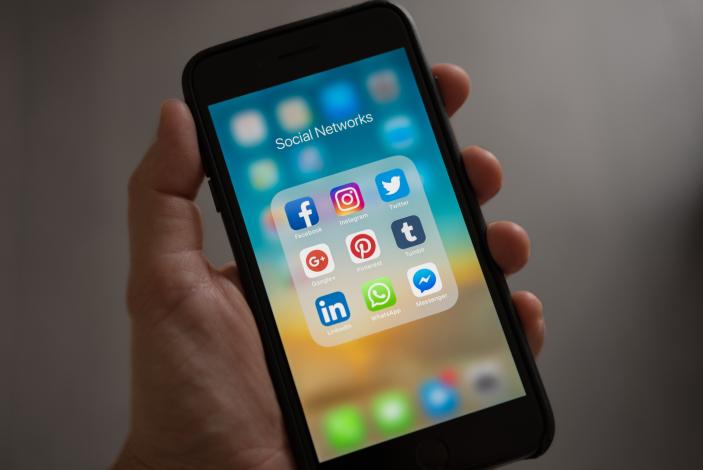
A Tweet or a news release? How corporate communication affects acquisitions

Organizations and CEOs use a variety of communication channels, including social media and professional newswires, to reach their audiences.
Research on one of the most common social media platforms used by CEOs, Twitter, shows posting positive messages often highlights relationship-specific trustworthiness, benevolence and reciprocity. In contrast, the more traditional corporate press release is less personalized, highlighting a firm’s advantage and enhancing negotiating power. In the context of acquisitions specifically, ambiguity exists regarding how CEO Tweets and corporate press releases affect target firms’ perceptions, and also how they further acquisition completion and duration.
To better understand how CEO communication affects acquisitions, I gathered 144,184 Tweets posted on the personal Twitter accounts of S&P 500 CEOs and 17,639 press releases published by S&P 500 firms during deal negotiation processes between 2009 and 2019.
By analyzing media texts and firms’ acquisition data, it became clear that increases in sentiment – more positive tone in terms of attitudes, opinions and emotions (including informality, friendliness and intimacy) – in acquirer CEO Twitter posts enhance the possibility of completing the deal and reduce the time it takes to complete it. In contrast, increases in sentiment in acquirer press releases lower the chances of acquisition completion and lengthen the time to completion.
The study showed that an acquisition is 15% more likely to be completed for every 10% increase of Twitter sentiment, while there is a 7% decrease in the likelihood of acquisition completion for every 10% increase of press release sentiment.
Speaking to acquisition completion speed, I found that a 10% increase in CEO Twitter sentiment leads to a decrease of acquisition duration of almost 12%, but a 10% increase of press release sentiment extends the duration to complete the acquisition by more than 14%.
To understand why an acquirer’s press releases seem like deal breakers while its CEO Tweets seem to enhance the acquisition process, my research turned to communications and social psychology literature.
Audiences (acquisition targets for this purpose) perceive information exchanges via Twitter as similar to face-to-face interactions, even though the interactions are text-based and frequently one-sided. An increase in Twitter sentiments can lead audience perceptions in a collegial direction and create a sense of interpersonal connectedness between the acquirer’s CEO and the target firm, thereby allowing the development of social bonds, shared goals and social trust during the deal negotiation process.
The increase in sentiments of acquirers’ press releases has two implications, which differ significantly from those of Twitter: demonstrating advantages and generating an advantaged position. Firms carefully choose the rhetoric used in press releases, including such words as remarkable, confident and strong. They often issue press releases to demonstrate business quality in a showy or ostentatious tone to enhance their advantaged positions.
As a result, although the increases in press release sentiments often help firms attract more security analysts to follow and boost short-term stock performance, such communications potentially place firms’ negotiating parties (acquisition targets) in a disadvantaged position, triggering their resistance.
My study provides several implications for both managers and merging firms:
Managers may reconsider the assumption that positive sentiments in press releases will automatically lead to positive strategic outcomes. CEOs in particular should be aware of how their communication strategies affect corporate outcomes. Although they are expected to be assertive and even dominant, CEOs should consider the importance of showing positivity and personality when communicating with audiences, especially using their Twitter accounts. A more personalized form of communication helps with building relationships, which eventually contributes to favorable strategic outcomes.
The takeaway? CEOs should strategically manage their communications when engaging in critical corporate activities, such as acquisition attempts, initial public offering attempts and new product announcements.